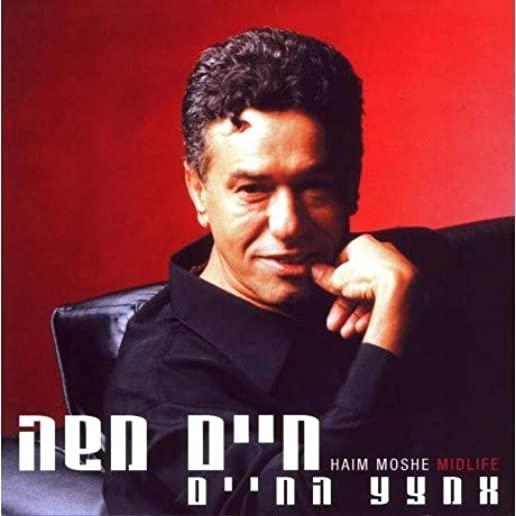
Yoga is the psycho-spiritual side of Āyurveda. Āyurveda is the healing side of Yoga. Trying to separate these two from each other is an impossible task. Āyurveda exists within the framework of Yoga. In the classical texts of Yoga, healing is described utilizing the āyurvedic language of the three doṣas. In the classical āyurvedic texts healing the mind is described utilizing the yogic language of the mahāguṇas. To understand either science in its entirety requires an understanding of both. Yoga and Āyurveda do not exist independent of each other. They never have. They are entirely intertwined. They are based on the same understanding of the cause of suffering and disease. However, each system brings unique approaches to healing body, mind, and consciousness. Together, they provide the guidance necessary to maximize the potential for healing and bring about sustainable well-being. Both sciences not only treat the symptoms of disease but also their deepest causes.
In Classical Yoga Therapy, it is my intention to weave together the knowledge and wisdom of six great Yoga texts: The Yoga Sūtras of Patañjali, Bhagavad Gīta, Haṭhayoga Pradīpikā, Śivā Saṃhitā, Gheraṇḍa Saṃhitā, and Gorakṣa Saṃhitā. In doing so, I hope to provide a more complete and well-rounded view of Yoga principles and practices, especially as they relate to healing. I must also acknowledge that there are many other texts of Yoga that were not used for this text. Hence, this text should not be seen as definitive, nor viewed as a complete text, on the entirety of yogic knowledge. In fact, the knowledge of Yoga is intertwined with knowledge found in other systems of Indian philosophy, particularly Vedānta. The major texts of Vedānta, such as the Upaniṣads, were not utilized for this writing. The texts that were utilized include the most important texts of both Hatha and Rājayoga and are supplemented by the Bhagavad Gīta, a text that integrates the knowledge of Yoga and Vedānta.







